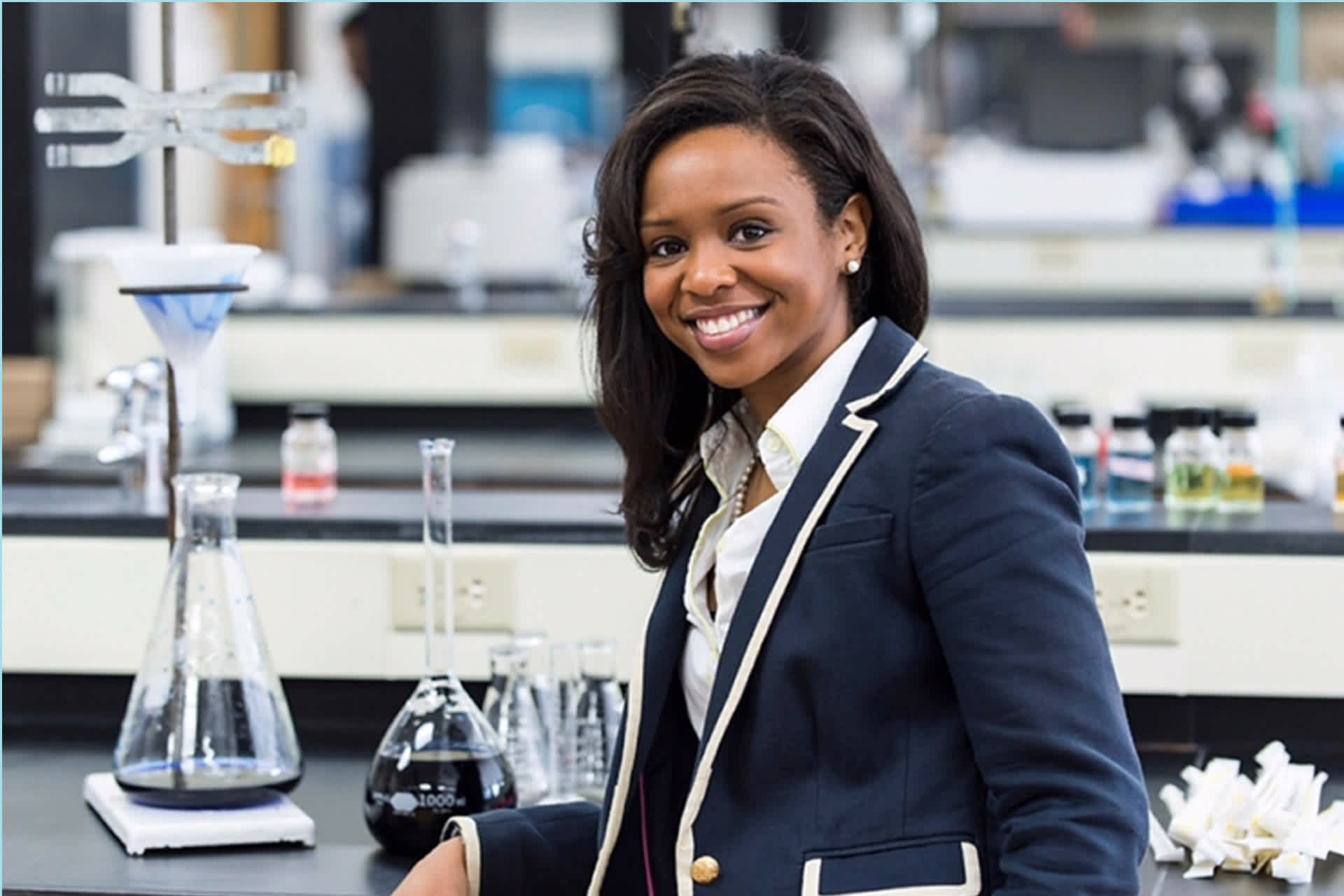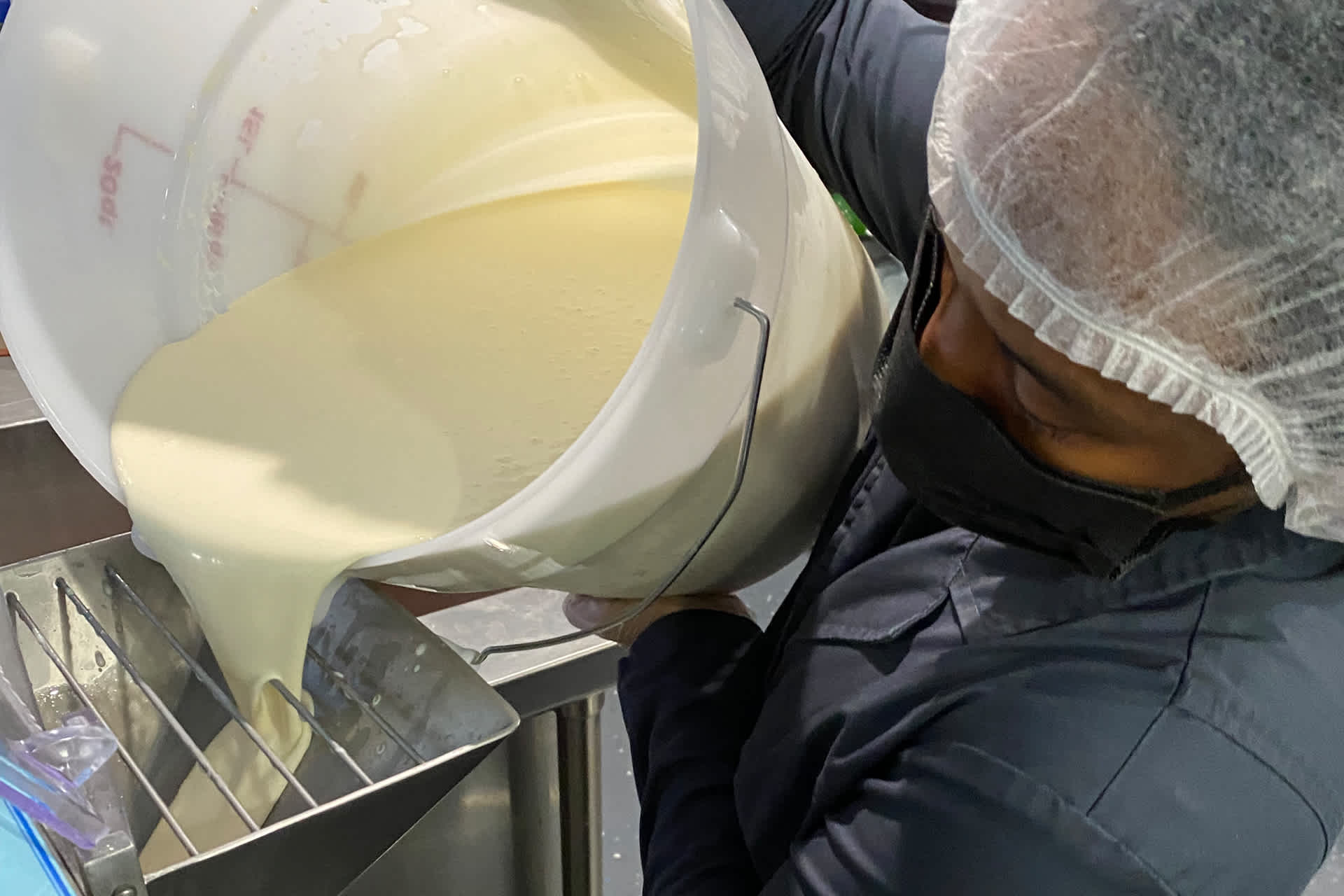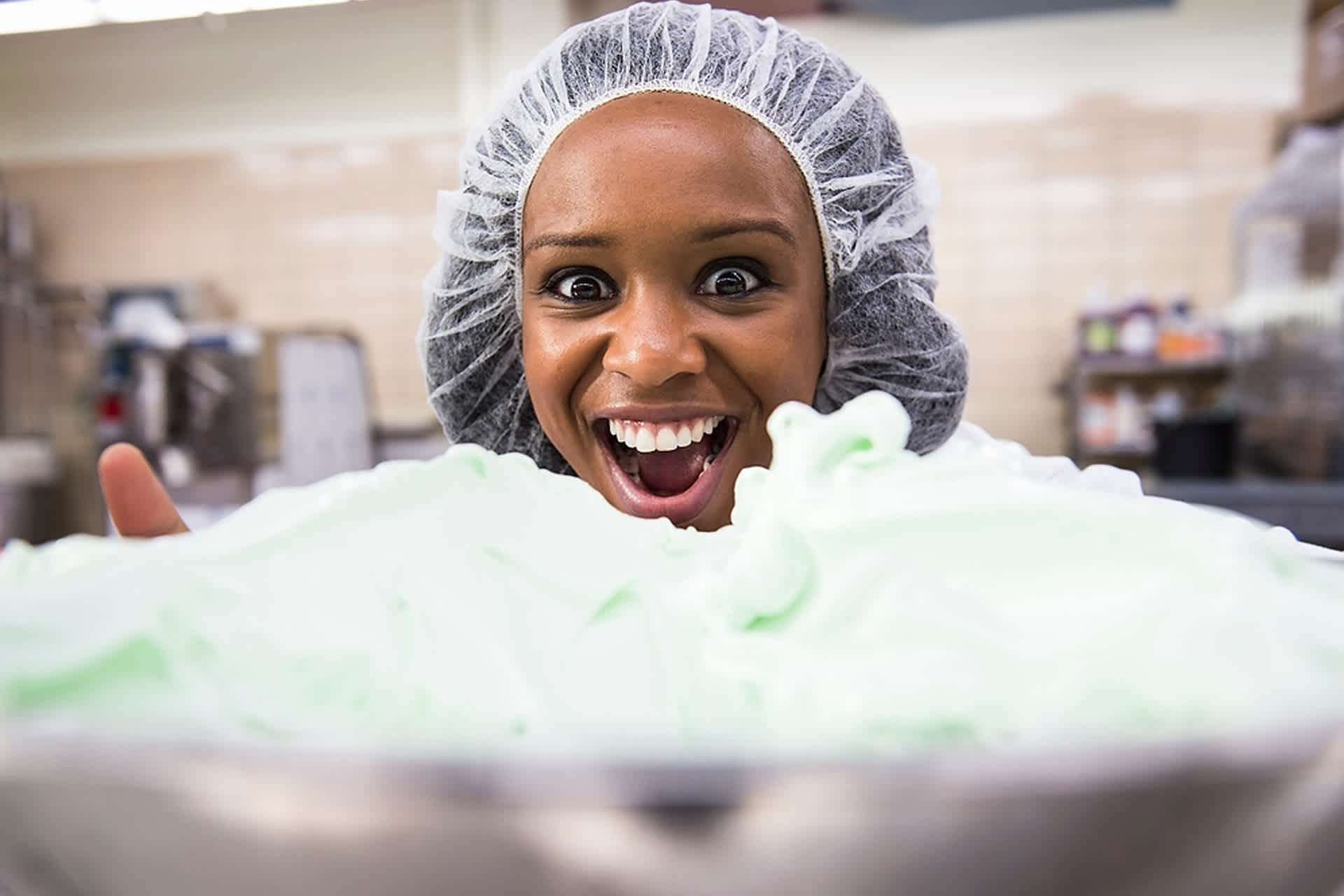Real Talk with Dr. Maya

Maya Warren is an ice-cream scientist and a consultant at SMiZE & Dream. Her job has taken her all over the world to discover new flavors of ice cream. Warren graduated from Carleton College, in Minnesota, and earned a PhD in food science from the University of Wisconsin, Madison. She spoke to Your Hot job about the sweet life.
What does an ice-cream scientist do?
I would say I provide happiness in ways that people didn’t even know could exist. And I do that through ice cream. For me, ice cream is about possibilities. It’s about opportunities. It has allowed me to travel the world and to see the world in ways in which I never would have ever imagined. I’ve gone to Pakistan to make ice cream. I’ve gone through the backroads of Nairobi, Kenya, making ice cream. Not just making it, but also teaching people there how to make it. And in return, I see that happiness, that inspiration that comes when people say, “Wow, like, I didn’t even know that I could do this!” Ice cream is my way to communicate.
You were the head of research and development at SMiZE & Dream. What was a day at work like?
I created ice-cream flavors. I did a lot of computer work. I’d start with a formula on a spreadsheet: These are the ingredients I have, this is how much milk fat comes from this substance, whether it’s milk fat or cream or whole milk, and so on. The temperature at which the ice cream is going to start to freeze is determined by that equation: how much water you have, how much solids, how much sugar and fat.
Then, in a test kitchen, I’d make a mix. It could be a white mix, like a sweet cream, or a chocolate mix. I’d taste it, and I might think, “Okay, this is a beautiful-tasting mix,” or, “You know what? I don't really like this. I shouldn’t have used this ingredient. Let me start over.” It was a lot of back-and-forth, figuring out what I wanted. But when I got a mix I really loved, I froze it. Then I had actual ice cream.
Were you doing all this chemistry yourself? Or did you have a team that helped you?
It depends. I traveled a lot, working in dairies all around the world. I tended to depend on technicians at these plants in other countries to help me scale it all up [create large amounts of mix]. I passed on my formulas to them, and they scaled it up. And the next day, we’d come back and flavor it, then turn that liquid mix into the solid, liquid, and gas product we know as ice cream.

There must be tremendous ice-cream freezers at these dairies.
They’re really big guys. If you make ice cream at home, it could take 30 to 40 minutes to freeze it. But when you’re using a continuous freezer, which continuously feeds in ice-cream mix that comes out as ice cream, it takes 15 to 30 seconds.
Were you planning to become an ice-cream scientist when you went to graduate school for a PhD?
I had no clue where it would take me. I followed my heart, and did something that truly made me happy. I followed my curiosity, too. I thought, “What is going to intrigue me so much mentally that I can do it every day?” It’s very much a passion. But it’s also a desire for knowledge. The quest for knowledge about food is so incredibly intriguing that I could research the ins and outs of ice cream all day.

What was your first job in ice cream?
My first job out of graduate school was at Cold Stone Creamery. I was the head of research and development on the international side. That took me to places like India, Taiwan, Brazil, and Egypt. I would go to other countries and help design dairies so they could start making ice-cream mix and turn it into ice cream. Or I would teach existing dairies how to manufacture mix using local ingredients. There were lots of tea flavors in Taiwan and Japan, and flavors ranging from squid ink to wasabi. Creating ice-cream flavors is not just a science, it’s also an art, the art of using that blank canvas. There are endless possibilities.
Is there a scientific reason that ice cream is so good?
Ice cream is the ultimate comfort food. It’s sweet, and we crave sweetness. It has fat, and we crave fat. It’s also cold. It’s the only food we eat that way. But the appeal is also nostalgic. Almost everyone has a memory of being a kid and going to an ice-cream truck, or street vendor, or neighborhood grocery store, and getting ice cream. It brings back memories of “Oh, wow, I used to love that flavor.” We’re drawn to things that bring us happiness, those memories of being a kid and on a hot summer day or on a cold winter night, being able to eat ice cream with our family.
What do you love most about your job?
Being able to inspire the world. I love being able to speak to a 5-year-old or an 85-year-old about ice cream, and see their eyes light up. I feel like ice cream found me. I didn’t find it. And if I never were to make ice cream again, if I never were to eat ice cream again, I would still love it because of the joy it brings others.

